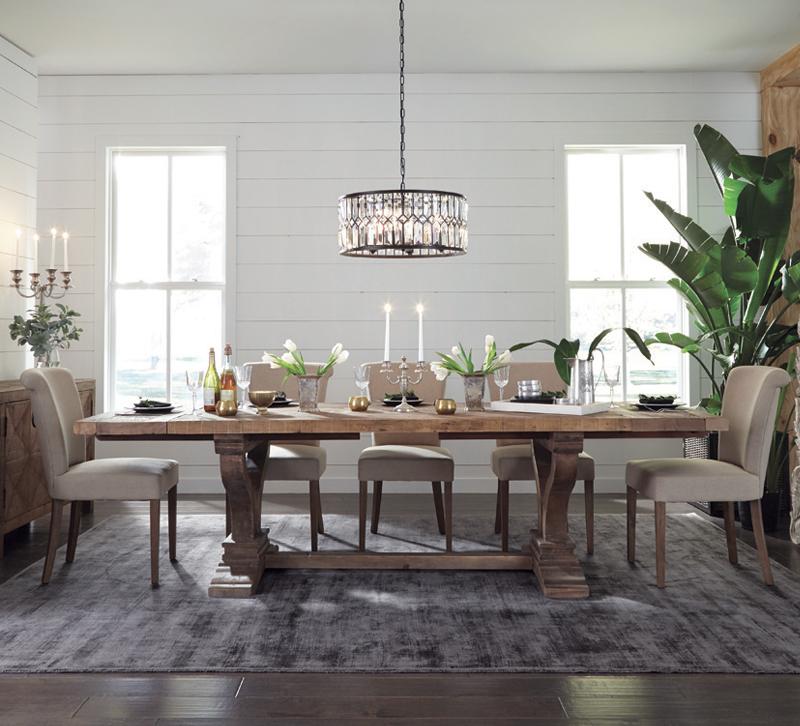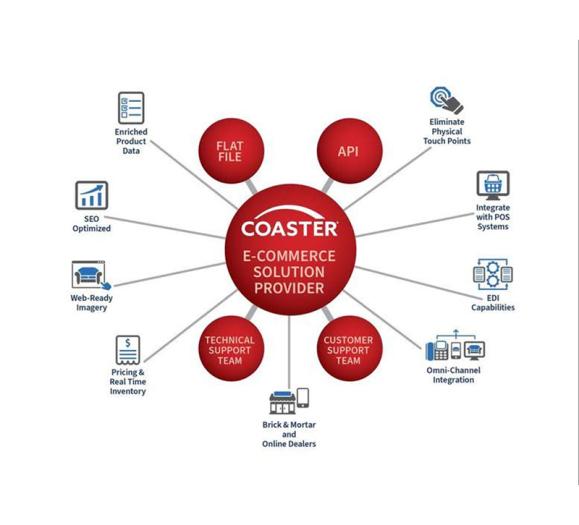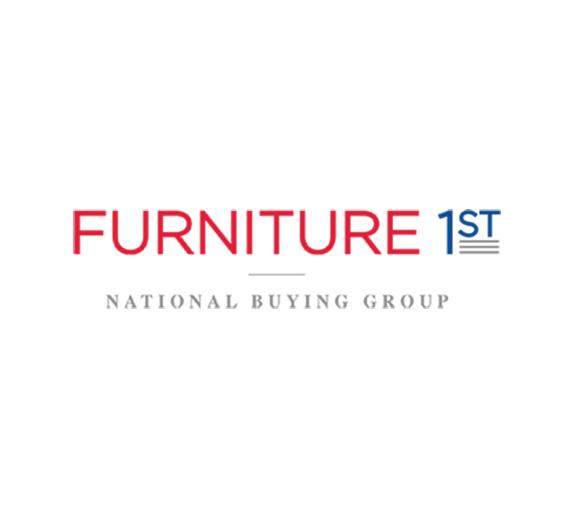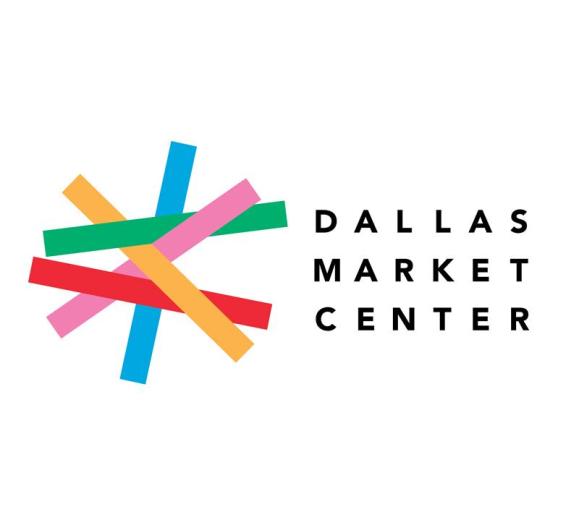The easiest way to turn away a customer is to frustrate them, and it sounds like a lot of customers are frustrated with retailers.
According to the 2017 State of Personalization report from customer data platform firm Segment, about 71 percent of consumers express some level of frustration with shopping experiences they felt were impersonal. Segment surveyed 1,006 U.S. adults about personalization, and the results offer some great insights into how consumers expect to interact with companies.
Read the results and see how you can better your personalization to offer a more streamlined experience.
What does personalization actually mean?
Delivering a personalized experience for every single customer may seem like a daunting task, but there are actually several different ways you can create this without calling each person on the phone.
To put it simply, personalization means that the company is monitoring the customer's activity and offering assistance to create a more tailored experience that meets the needs of the customer. There are a variety of digital and in-store opportunities for businesses to offer personalization.
Online personalization starts with tracking customer behaviors across your website, interpreting that data and using it to create tailored ads and promotions. Tools like the Facebook pixel can track users between your website and Facebook to tell you how customers are coming to your website and where they're going.
Segment's data backs this up. According to the report, 54 percent of consumers expect to see a personalized discount within 24 hours of identifying themselves to a brand, which means signing up for newsletters or email alerts. If that wasn't enough, 32 percent expected a discount within the hour. That's a quick turnaround!
In-store personalization boils down to having knowledgable sales associates who can answer specific questions and provide exceptional service. Proactive associates who ask for details about the space and how the customer plans to use the product can offer good recommendations and ensure customers buy products they're happy with.
It can also encourage better sales. Segment's survey found that 49 of those surveyed said "that in the past three months they bought a product they did not initially intend to buy after a brand made a personalized recommendation." A smart associate who asks the right questions may end up making a better sale.
In-store personalization can be created by allowing customers to set up appointments through your website. We've talked about this before in Millennial Home and how you can do it in Lighting & Decor's Digital Bulletin, but it's worth repeating that allowing customers make appointments can create better sales opportunities for your associates.
What this means for retailers
No matter what other retailers think of it, Amazon is setting a lot of consumer expectations. Amazon almost always sends follow-up emails to customers who have looked at products or moved them to their shopping carts without purchasing. In fact, many large retailers send emails when products are left in carts, and those emails usually offer some type of discount. Consumers now expect this.
If you don't already have automation software that can help you send emails to customers when certain actions are taken on your site, you should consider it. Most email marketing software will also personalize simple emails, so each one is addressed to a specific name — not just "subscriber."
Appointments take much of the guesswork out of buying online. When your associates know the type of space, the budget and needs of the customer (all information gathered when the customer makes the appointment), they'll have a better time finding lighting and home furnishings that meet their needs. Associates will also be better abled to answer questions about home automation, LED lighting and product customization when they know this important information ahead of time.
The result is a personalized experience in which the customer feels good about making purchase that he or she feels well-informed about and one likely to be repeated. Segment's report found that 44 percent of consumers surveyed said they would become repeat buyers if a business could offer a customized experience.
If that's not a reason for personalization, what is?
How do you personalize experiences in your showroom? Share with us in the comments!







